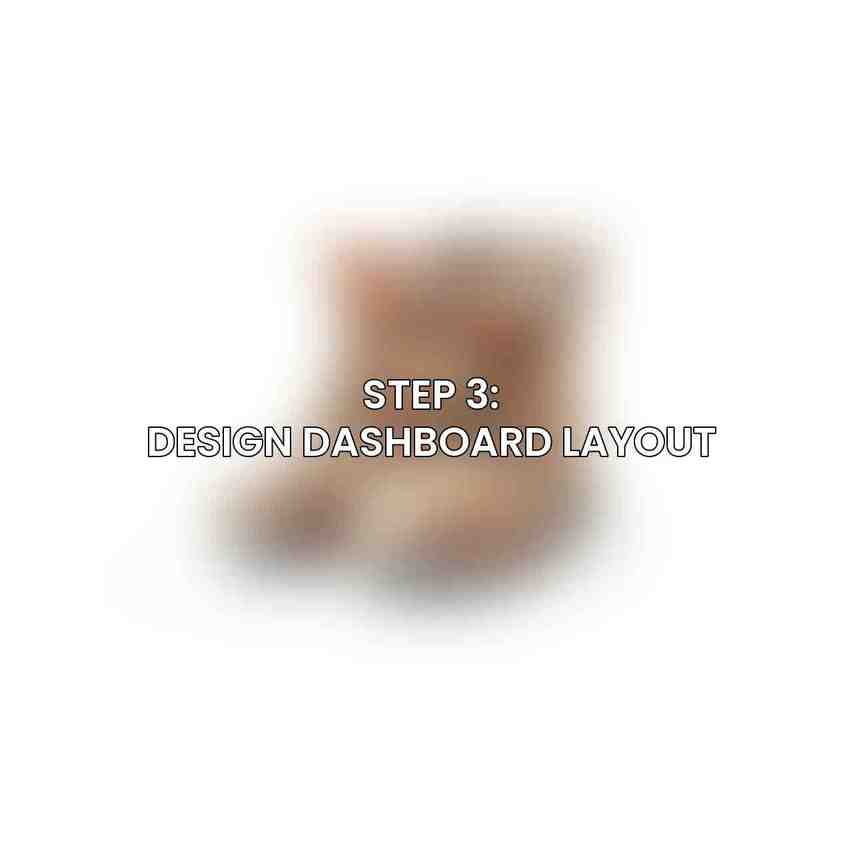Interactive dashboards have become a fundamental tool for organizations to visually represent their data and gain valuable insights. interactive dashboards are dynamic data visualization tools that allow users to manipulate and interact with data to uncover trends, patterns, and key metrics in real-time. These dashboards have revolutionized the way businesses approach data-driven decision-making.
The importance of dashboards in data analysis cannot be overstated. They offer a holistic view of complex datasets, enabling users to identify correlations and outliers more effectively. Dashboards facilitate data interpretation by presenting information in a visually appealing and digestible format, making it easier for stakeholders at all levels to understand and act upon insights.
When comparing interactive dashboards to traditional static reports, the benefits are evident. Interactive dashboards promote real-time data exploration, allowing users to drill down into specific data points, apply filters, and dynamically update visualizations. Unlike static reports that offer limited insights, interactive dashboards empower users to interact with the data, fostering a more engaging and insightful analytical experience. Check this blog on Mastering Advanced Data Visualization Techniques Explore further with Beginner’s Guide to Data Visualization
Step 1: Gather and Prepare Data
Before embarking on creating an interactive dashboard, it is crucial to gather and prepare data from various sources. Data can be sourced from databases, spreadsheets, APIs, and other data repositories. Once the data is collected, employing data cleaning and transformation techniques is essential to ensure data accuracy and consistency. Data visualization best practices should be followed to effectively represent the data on the dashboard, ensuring clarity and relevance.
Step 2: Choose Dashboard Tools
Selecting the right dashboard tool is pivotal in creating an effective interactive dashboard. Various tools are available in the market, each with its unique features and capabilities. Some popular dashboard tools include:
| Dashboard Tools | Description |
|---|---|
| Tableau | Known for its robust visualization capabilities |
| Power BI | Integrated with Microsoft products for seamless data connectivity |
| Google Data Studio | Ideal for creating dynamic and engaging reports |
| Qlik Sense | Offers associative data model for in-depth analysis |
| Looker | Focuses on data exploration and collaboration features |
When choosing a dashboard tool, consider factors such as cost, features, ease of use, and compatibility with your data sources.
Step 3: Design Dashboard Layout

The design of the dashboard plays a crucial role in user engagement and data comprehension. Adhering to principles of clarity, usability, and visual hierarchy is imperative. Various dashboard layouts, including single-page, multi-page, and grid-based layouts, can be employed based on the complexity of the data and the user’s preferences. It is essential to consider mobile and desktop viewability to ensure a seamless user experience across different devices.
Step 4: Create Interactive Visualizations
Interactive dashboards thrive on engaging visualizations that convey insights effectively. Bar charts, line charts, scatterplots, pie charts, and heat maps are commonly used visualizations in interactive dashboards. Implementing interactive features such as drill-down, filtering, and sorting enhances data exploration capabilities. Adhering to best practices for visual encoding and color choices ensures that the visualizations are clear and intuitive.
Step 5: Add Interactivity
Integrating interactivity into the dashboard elevates user engagement and data exploration. Clickable elements, hover effects, and draggable components enhance the user experience. Dashboard tools offer functionalities to create actions, set up filters, and implement interactivity features seamlessly. Employing tips for enhancing user experience with interactivity ensures that users can interact with the data effortlessly and derive meaningful insights.
Step 6: Configure Dashboard Settings
Configuring dashboard settings involves setting the dashboard title, description, navigation menu, and customizing the theme and branding to align with the organization’s branding guidelines. Additionally, configuring permissions and data refresh schedules is essential for data security and compliance. Considerations for dashboard performance optimization should be taken into account to ensure the dashboard functions efficiently.
Step 7: Publish and Share Dashboard
Once the interactive dashboard is created, it is time to publish and share it with relevant stakeholders. Dashboards can be published online, shared within an organization, or embedded into websites or mobile applications. Methods for sharing dashboards with specific users or groups should be established to ensure data confidentiality and accessibility. Embedding dashboards into external platforms expands the reach and usability of the dashboard.
Step 8: Monitor and Iterate

Continuous monitoring of the dashboard usage metrics is essential to gauge user engagement and the effectiveness of the dashboard in conveying insights. Gathering user feedback and suggestions enables iterative improvements to the dashboard design and functionality. Embracing a culture of continuous improvement ensures that the interactive dashboard remains relevant and valuable to users over time. Read more about this on Best Practices in Data Visualization
Additional Considerations
Beyond the technical aspects of creating interactive dashboards, several additional considerations should be addressed:
- Data security and privacy concerns: Safeguarding sensitive data and ensuring compliance with data privacy regulations is paramount.
- Collaboration and team management: Facilitating collaboration among team members involved in dashboard development fosters collective ideation and innovation.
- Ethical considerations: Upholding ethical standards in dashboard design and data presentation is crucial to ensure transparency and integrity in data interpretation.
creating interactive dashboards involves a meticulous process that encompasses data preparation, tool selection, design considerations, visualization techniques, and interactivity elements. By following a comprehensive guide and considering the nuances of dashboard development, organizations can leverage interactive dashboards to unlock valuable insights and make informed decisions based on data-driven analysis.
Frequently Asked Questions
What is an interactive dashboard?
An interactive dashboard is a data visualization tool that allows users to analyze and interact with complex data sets.
How can I create an interactive dashboard?
You can create an interactive dashboard using various software tools like Tableau, Power BI, or Google Data Studio. These tools provide drag-and-drop interfaces to build visually appealing dashboards.
What are some best practices for creating an interactive dashboard?
Some best practices for creating an interactive dashboard include starting with a clear objective, choosing the right visualizations for your data, keeping the design clean and clutter-free, and testing the dashboard with end users for usability.
How can I make my interactive dashboard user-friendly?
To make your interactive dashboard user-friendly, consider the audience’s needs and preferences, provide clear and concise labels, use intuitive navigation and interactive elements, and keep the layout organized and easy to navigate.
Can I embed interactive dashboards on websites or share them with others?
Yes, many interactive dashboard tools allow you to embed dashboards on websites or share them with others via a link. This makes it easy to distribute your insights and visualizations to a wider audience.
